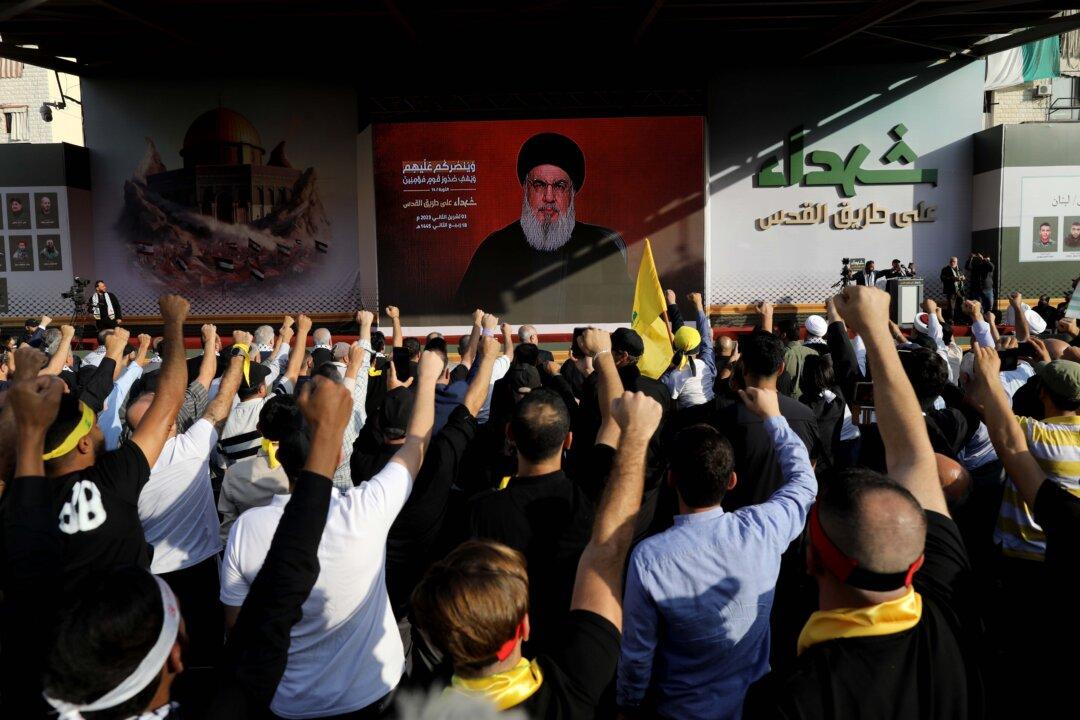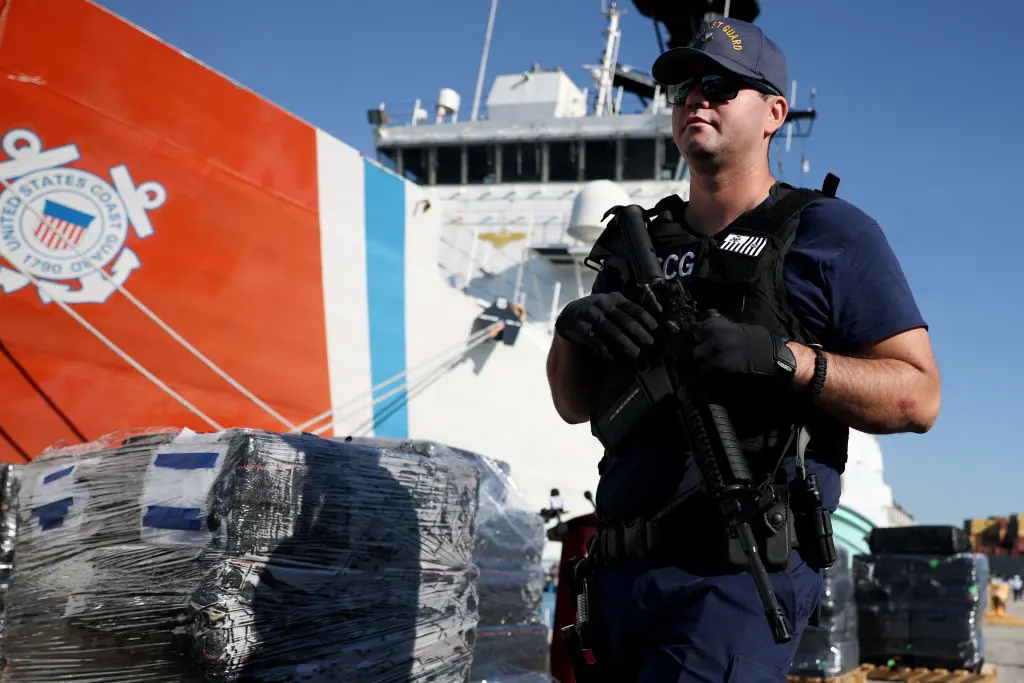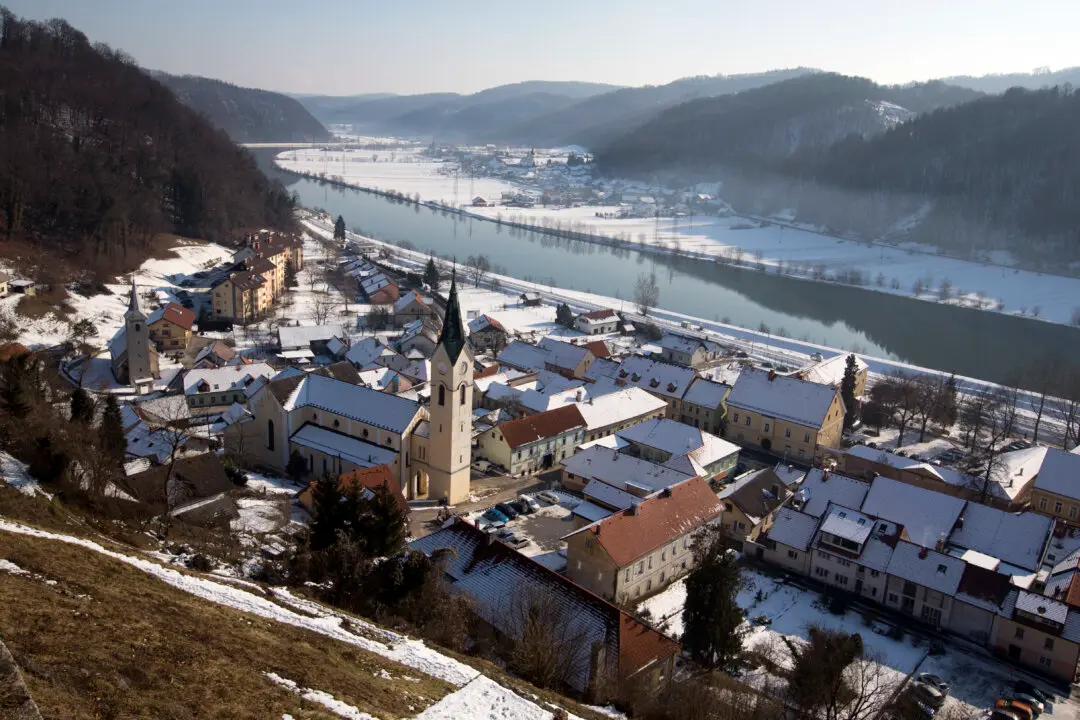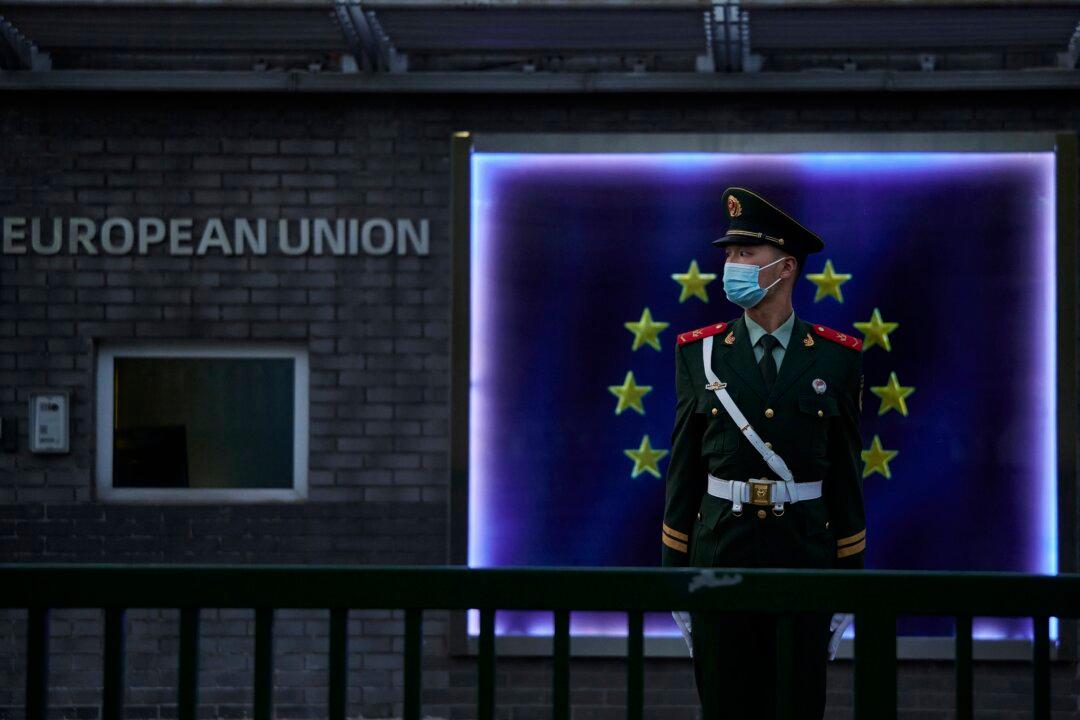Commentary
A Lebanese terrorist group called Hezbollah is tempting fate. Iran’s most powerful anti-Israel and anti-American proxy is lobbing missiles and rockets at small communities in northern Israel, including on Christmas Eve and Christmas Day. Over 1,000 Hezbollah attacks since Oct. 7, the day of the Hamas massacre, forced 86,000 Israelis to flee their northern homes.





